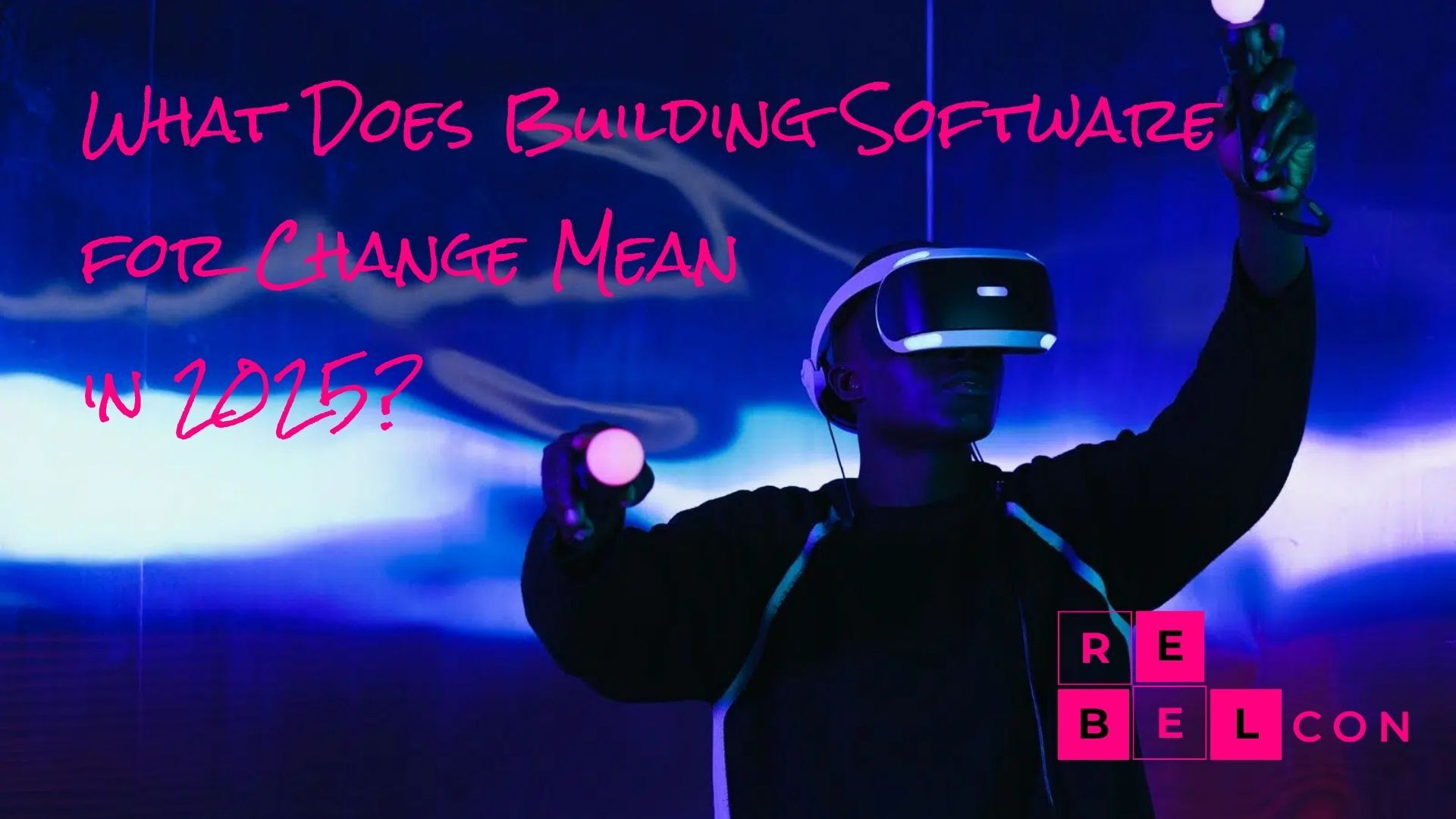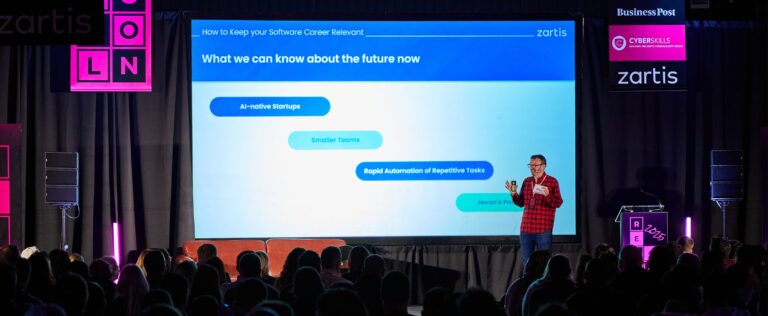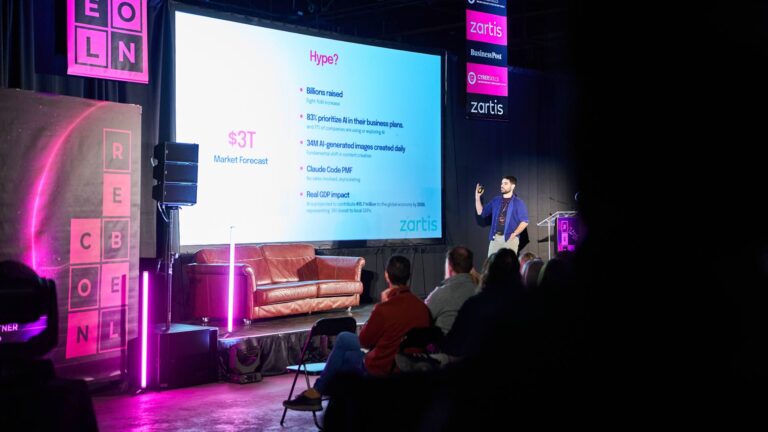Change is no longer a footnote in the world of software development — it’s the headline.
As we look ahead to 2025, the pace of technological disruption is accelerating. From AI and evolving architectures to shifting team dynamics and rising user expectations, the only thing we can count on is that what works today might not tomorrow.
Beyond “Built to Last”
For decades, the goal was to build software that was robust, stable, and — in a word — predictable. But in 2025, that’s no longer enough.
Building software for change means prioritising adaptability, resilience, and continuous evolution. It’s about creating systems that can pivot quickly when technology shifts or when business needs evolve.
🛠️ Composable architectures are taking the lead, enabling teams to decouple services, scale independently, and iterate at speed.
🚀 AI-powered development is reshaping how we code, test, and deploy, making software creation itself more dynamic and collaborative.
🔗 Continuous integration and deployment are no longer optional; they’re the backbone of modern development, ensuring rapid, reliable updates without friction.
Rethinking Team Dynamics
It’s not just the technology that needs to be built for change — it’s the people too. In 2025, high-performing software teams are:
- Distributed by default, but united by culture and shared purpose.
- Empowered by AI, but guided by human judgment.
- Evolving continuously, with skills that grow alongside the tech.
Designing for the Unknown
Building software for change means embracing the unknown. It’s about creating systems that are:
✅ Modular, so they can grow and adapt.
✅ Observable, so teams can detect issues before they become problems.
✅ Secure, so trust is built in from day one.
And, importantly, it means fostering a culture that sees change not as a threat, but as a catalyst.
The Bottom Line
In 2025, building software isn’t just about writing code — it’s about building systems, teams, and mindsets that can thrive in a world where change is the constant.
At RebelCon 2025, we’ll be exploring exactly how to do that — from AI’s role in modern development to the architectures that power tomorrow’s systems.
Are you ready to build software not just to survive change, but to shape it?




